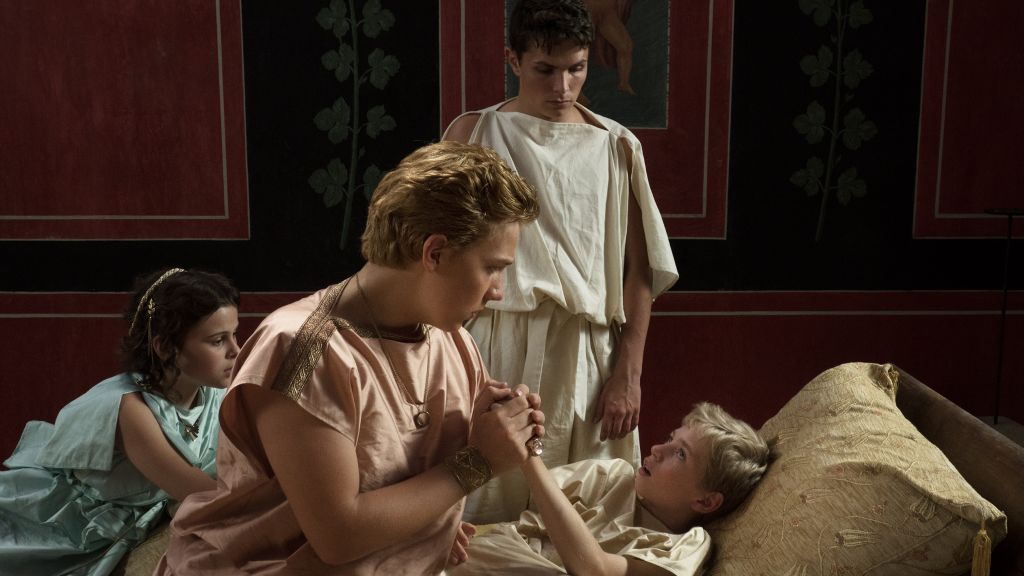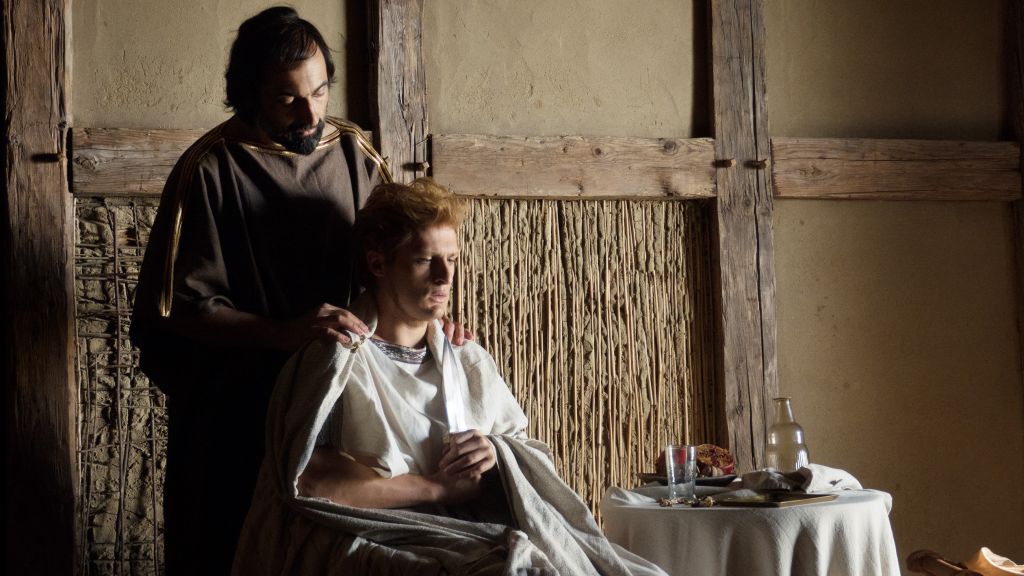The Roman emperor Nero is considered one of history’s greatest criminals. His name has become synonymous with evil, as historic accounts have accused him of killing his stepbrother, his wife and his mother, as well persecuting Christians and instigating the devastating Great Fire of Rome. This is the judgement that is passed in history from one generation to the next, but are these accounts of Nero’s reign accurate? New scientific discoveries and a closer examination of the ancient texts written about Nero cast a different light on the Roman emperor and the accusations leveled against him. Secrets of the Dead: The Nero Files follows internationally renowned criminal psychologist Thomas Müller and a team of scientists and historians as they investigate the new evidence in order to discover the truth about the controversial emperor.
Here are seven things you may not know about Nero:
1. Nero was adopted by his great-uncle, the emperor Claudius
Nero’s father, Gnaeus Domitius Ahenobarbus, died when he was only 2 years old. After Nero’s mother married Emperor Claudius, Nero was adopted to become his heir and successor. In 53 AD, Nero’s mother arranged for her son to marry Claudius’ daughter Octavia. After Claudius’ sudden death the following year (possibly after being fed poisoned mushrooms by Agrippina), Nero acceded to the throne at the age of 16 or 17.

Bust of Emperor Claudius, between 41 and 54 AD, Current location: Naples National Archaeological Museum, Author: Marie-Lan Nguyen (2011).
2. Fearing his younger step-brother might claim the throne, Nero had him murdered.
Shortly after Claudius’s death, Nero’s 13-year-old step brother Britannicus died suddenly. According to the ancient writer Tacitus’s account, Nero and Agrippina intentionally poisoned Britannicus to make way for Nero to take over the emperorship. Though much of this testimony has been disputed and even scientifically discredited, the accusation has contributed to Nero’s insidious reputation.
3. According to ancient texts, Nero killed his own mother
Three ancient writers, Tacitus, Suetonius, and Cassius Dio, dictate most of what the modern world knows about Nero’s reign. According to their accounts, his mother Agrippina was a ruthless and ambitious woman who schemed and murdered to get her son on the throne. When it finally paid off, she had no intention of fading into the background. However, five years into his reign, Nero and Agrippina became locked in a brutal power struggle. In Baiae, he plotted the murder of his own mother by inviting her as a guest of honor to a sumptuous banquet at his villa. Nero had planned for his mother’s ship to sink, and depending on the writer’s account, Agrippina either died at sea, or survived the incident only for Nero to send soldiers to her villa to finish the job.
4. There is no proof Nero actually played the fiddle while Rome burned
The Great Fire of Rome broke out one night between July 18 and 19 in the year 64 AD. It is uncertain if it was an accident or arson; however, the fire burned for several days and nights, destroying most of the city. Rumors quickly spread that Nero started the fire to clear land for an expanded palace, and that he played music in his own palace while the city burned. However it is possible that those accusations are simply rumors with no basis.
5. The coastal resort of Baiae was one of Nero’s prized indulgences
Nero spent a fortune on banquets in Baiae, located along the Gulf of Naples, but his gatherings there weren’t just about food; they also featured sex and debauchery. Nero felt a strong connection to Baiae, and he began to covet the villas of others there, including those of his family.

Baiae
6. Nero participated in the Olympic Games
Nero competed in the Olympic Games in 67 AD in order to improve relations with Greece. He even raced a ten-horse chariot and nearly died after being thrown from it.
7. Nero’s reign ended when he committed suicide at the age of 30
Ultimately, Nero’s murderous and debauched lifestyle in Baiae caught up with him. In 68 AD, after a turbulent 13-year reign, the Roman senate ran out of patience and declared Nero a public enemy. Nero then fled, and on June 9, 68 AD, at the age of 30, he committed suicide. His death ended the Julio-Claudian dynasty.














